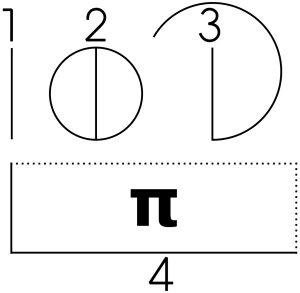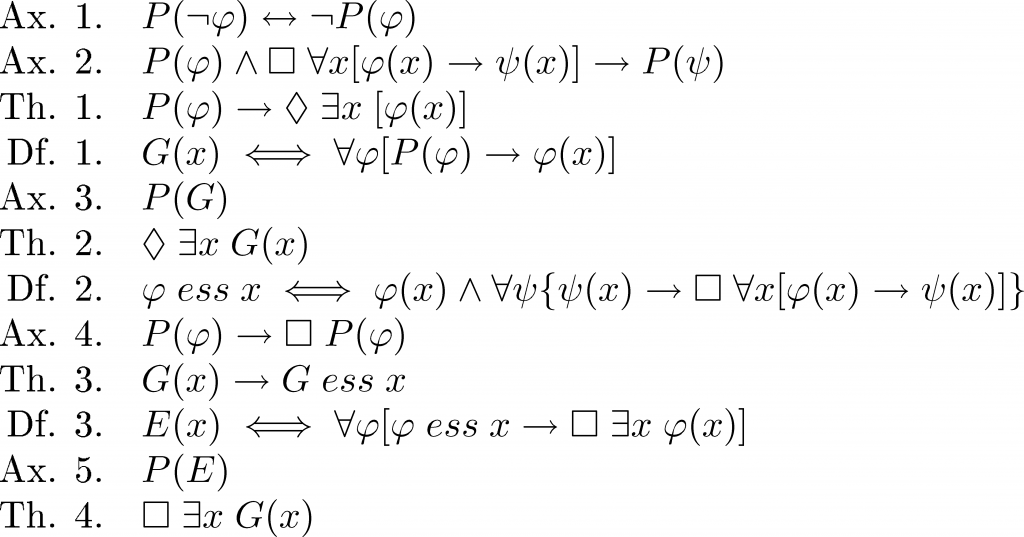I have a really nice document about the gendered pay gap buried on a hard drive. To write it, I spent a good few months reading policy documents and research study after research study after research study after research stu– well, you get the point. My favorite of the bunch is this one. The gender breakdown of an industry tends to vary with time, so Emily Murphy and Daniel Oesch looked into whether or not that effected pay.
Both baseline models suggest that moving from a male to a female occupation – or staying within an occupation that feminizes – entails a sizeable wage loss. Adding controls for the workplace (M1) and general human capital (M2) makes no difference: the wage penalty associated with FEM amounts to about 15 per cent for British women, British men and Swiss women, 15 and to about 5 per cent for German women, German men and Swiss men.
Let’s start by noting that at least one person who studies the factors that account for pay gaps says that choice of careers, while a factor in unequal pay, is not the silver-bullet solution that pay–gap critics suggest. It isn’t even the biggest factor driving the difference between men’s and women’s wages. […]
… even though women work fewer paid hours than men, they work the same number of hours overall. The reason women more frequently require constrained work weeks and more flexibility in their schedules is that they do the bulk of the unpaid work that makes our society run, particularly caregiving, both for children and for other adults.


